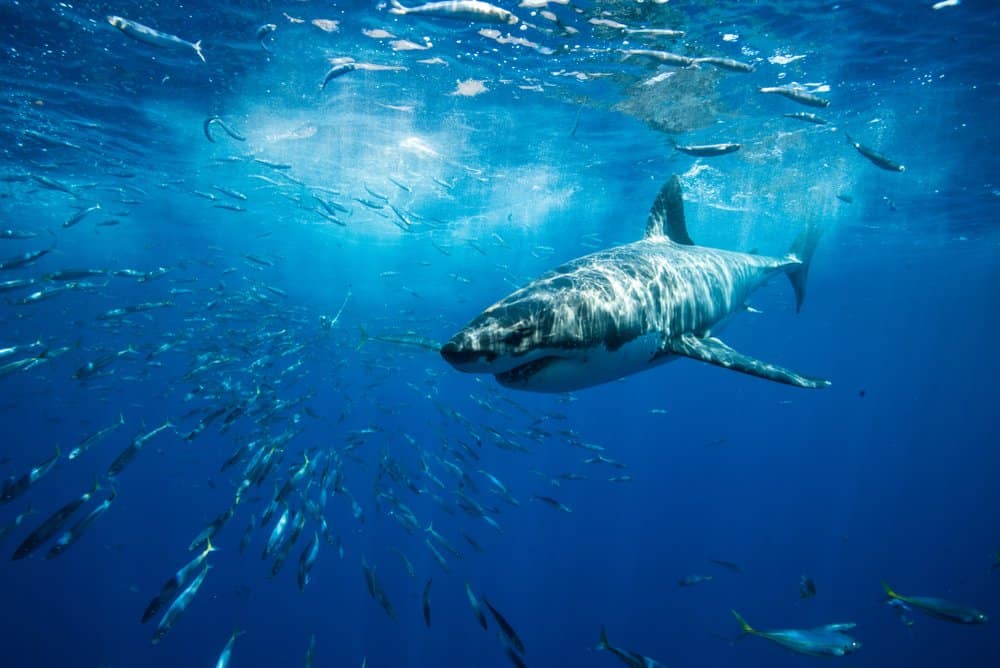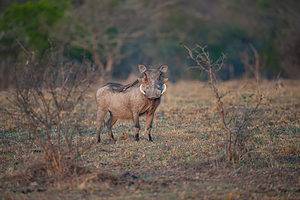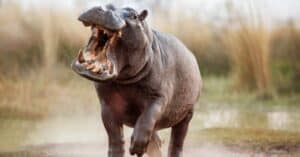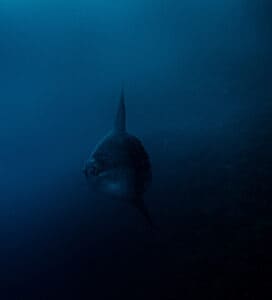It is commonly known that animals have five main senses, touch, taste, smell, sight and hearing with the possible inclusion of balance. But is there really such a thing as having a sixth sense?
Most species of shark have sensors on the sides of their heads, which the sharks use to detect tiny muscle movements from creatures nearby. This “sixth sense” is known as electroreception and allows sharks to detect electromagnetic fields produced all animals.

Sharks have long been thought to have a sixth sense.
©Jennifer Mellon Photos/Shutterstock.com
For centuries now, it has also been questioned as to whether certain species of animal including rats, chickens, and snakes have the ability to detect earthquakes! These animals have to been known to leave earthquake zones up to days before the earthquake arrives, with this behavior also being displayed more recently during the devastating tsunami in southeast Asia in 2004 where there were very few wild animals harmed.
If you would like to read more about the studies into the sixth sense of animals please see:
Next Up…
- Viper Pits: The Incredible “Sixth Sense” that Lets Vipers Hunt in Infrared: Here is an animals with sixth sense that you never would’ve guessed.
- 10 Incredible Honeybee Facts: Bees play a huge part in maintaining the ecological balance and our survival depends on them. Find out some facts about Honeybees that you’ve never heard before.
- 18 Mind-Blowing Animal Facts: Here are some more facts about animals that will amuse you.
The photo featured at the top of this post is © MELNIKOVA OLGA/Shutterstock.com
Sources
- David Burnie, Dorling Kindersley (2011) Animal, The Definitive Visual Guide To The World's Wildlife
- Tom Jackson, Lorenz Books (2007) The World Encyclopedia Of Animals
- David Burnie, Kingfisher (2011) The Kingfisher Animal Encyclopedia
- Richard Mackay, University of California Press (2009) The Atlas Of Endangered Species
- David Burnie, Dorling Kindersley (2008) Illustrated Encyclopedia Of Animals
- Dorling Kindersley (2006) Dorling Kindersley Encyclopedia Of Animals
Thank you for reading! Have some feedback for us? Contact the AZ Animals editorial team.






